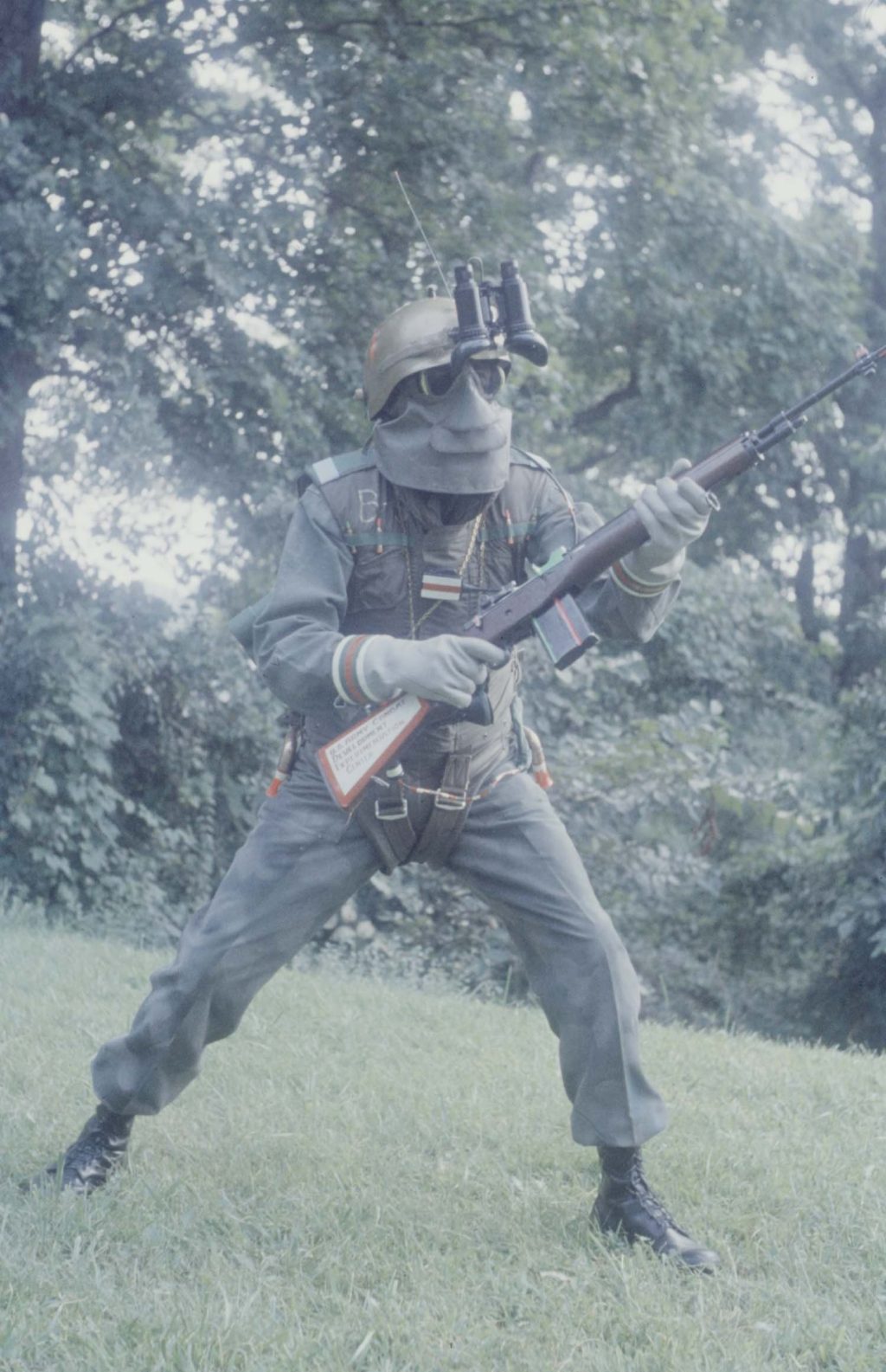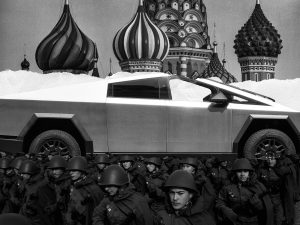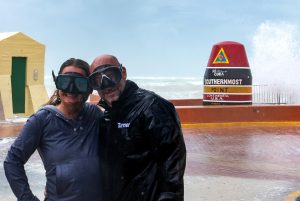What the US Army’s 1959 ‘Soldier of Tomorrow’ Got Right About the Future of Warfare
In 1959, the US Army unveiled a vision for the ‘Soldier of Tomorrow’ that showcased various futuristic technologies and tactics. While some of the ideas may have seemed far-fetched at the time, many have since become a reality in the modern battlefield.
One key aspect of the Soldier of Tomorrow concept was the integration of advanced communication systems, allowing soldiers to share real-time information and coordinate movements efficiently. This foresight has proven crucial in today’s network-centric warfare strategies.
The 1959 vision also emphasized the importance of individual soldier survivability, with innovations such as lightweight body armor and enhanced medical capabilities. These advancements have significantly improved the chances of soldiers coming home safely from the battlefield.
Furthermore, the Soldier of Tomorrow concept highlighted the need for enhanced mobility and agility, leading to the development of advanced exoskeletons and robotic support systems that enhance soldier capabilities in challenging terrain.
Additionally, the focus on precision and accuracy in weapons systems envisioned in 1959 has come to fruition with the development of advanced targeting technologies and smart munitions that minimize collateral damage and maximize effectiveness on the battlefield.
Overall, the US Army’s vision of the Soldier of Tomorrow in 1959 accurately predicted many of the key trends and technologies that would shape the future of warfare. While the nature of warfare continues to evolve, the principles laid out in the 1959 concept remain relevant in guiding modern military strategy and development.










More Stories
Tesla’s Cybertruck Goes, Inevitably, to War
What Google’s U-Turn on Third-Party Cookies Means for Chrome Privacy
License Plate Readers Are Creating a US-Wide Database of Political Lawn Signs and Bumper Stickers